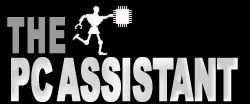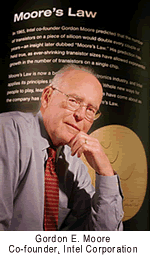Eugene Ziller
Biography
Ziller was born in Brooklyn, New York and
studied at Brooklyn College and Columbia
University. He did post-graduate work at
Stanford University under Wallace Stegner.
He married Shirley Richman, sister of
Dr. Jordan Paul Richman, in 1949. They lived
in Brooklyn and then they moved to
Pougkeepsie, New York, where Ziller became
an IBM computer programmer.
studied at Brooklyn College and Columbia
University. He did post-graduate work at
Stanford University under Wallace Stegner.
He married Shirley Richman, sister of
Dr. Jordan Paul Richman, in 1949. They lived
in Brooklyn and then they moved to
Pougkeepsie, New York, where Ziller became
an IBM computer programmer.
Ziller became a school teacher and later worked as supervisor of IBM operations for the Cornell University Crash Injury Research Program. His short stories have appeared in such literary periodicalas as Yale Review, Kenyon Review, Perspective and others. In 1960 he published a book of short stories entitled In This World two of the included short stories (The Season's Dying and Sparrows) won awards the former in Best Articles and Stories and the latter in Prize Stories of 1960: The O.Henry Awards.[1]
(This bio was derived from Wikipedia and edited by Dr. Jordan Richman, Brother-in-law of Eugene Ziller for his Computer Science Google Blog.))


Add New Comment
Showing 1 comment